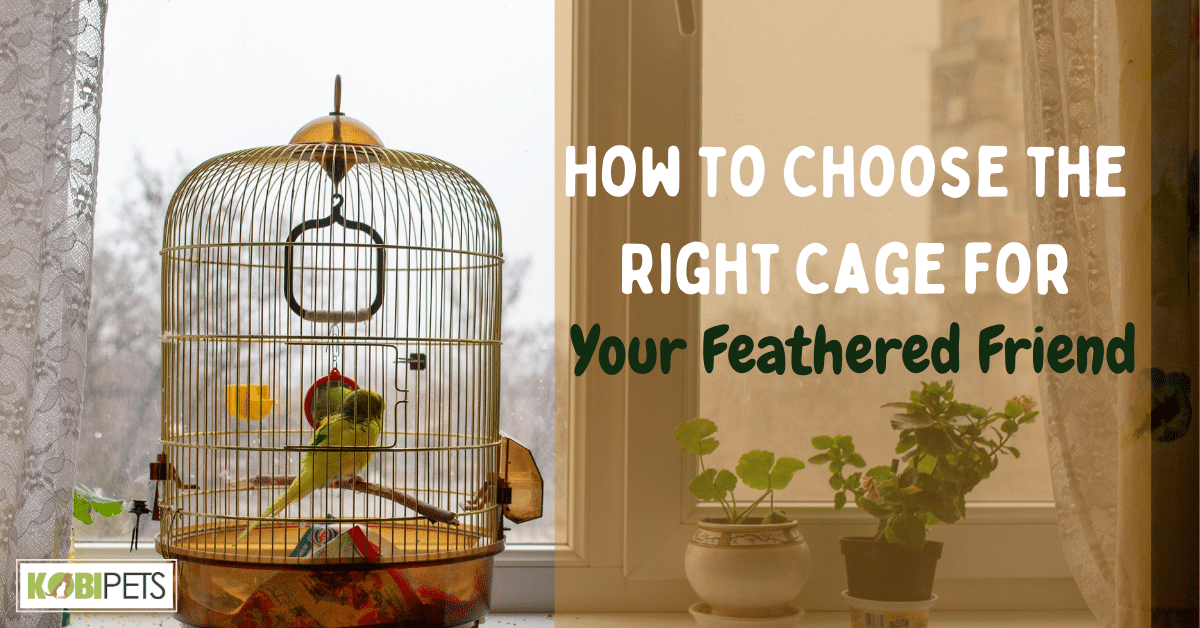
When selecting a cage for your feathered companion, size matters. Ensure the cage is spacious enough for your bird to stretch its wings and move freely. Additionally, opt for a cage with horizontal bars for climbing and play, and don’t forget to consider the material and ease of cleaning for your bird’s health and happiness.
Choosing the right cage is vital for your bird’s well-being, as it directly impacts their physical and psychological health. Whether you’re a first-time bird owner or a seasoned avian enthusiast, understanding these key elements will help ensure your pet’s happiness and longevity.
1. Understanding Your Bird’s Needs
Before embarking on the cage selection process, it’s vital to gain a deep understanding of your bird’s unique requirements. Diverse bird species exhibit distinct behaviors and preferences, necessitating careful consideration of factors such as size, activity level, and temperament.
Larger, more active birds like parrots demand more extensive cages with ample room for flying, while smaller, less active birds like canaries can thrive in smaller enclosures. Additionally, your bird’s personality traits, such as sociability or territoriality, should guide your choice of cage design and accessories to ensure their comfort and contentment.
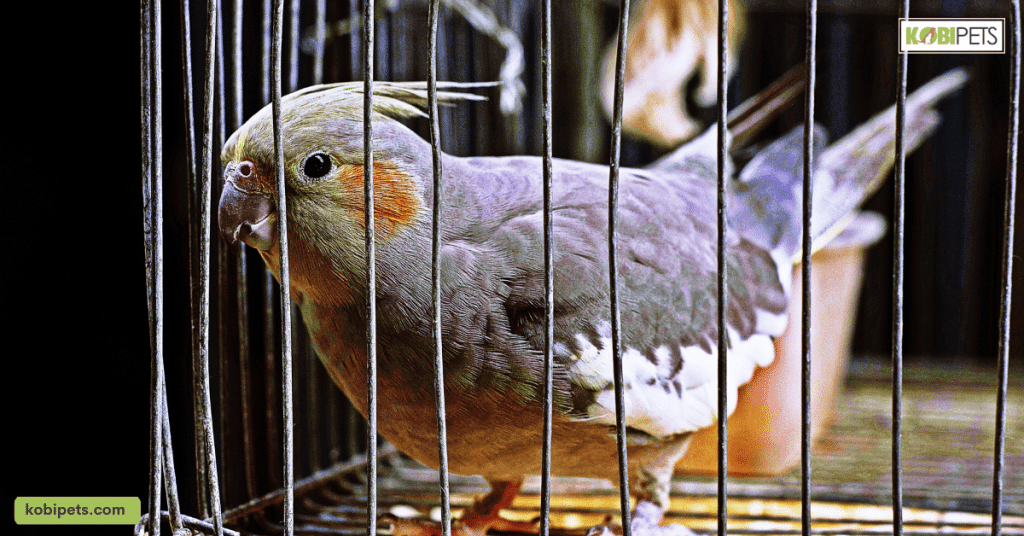
2. Cage Size and Shape
The size and shape of the cage are critical factors that significantly impact your bird’s quality of life. A larger cage is typically preferable, provided it aligns with your available space and budget, as it grants your bird space to spread its wings, hop between perches, and engage in essential exercise.
When considering the cage’s shape, rectangular or square enclosures are often better than round or irregularly shaped ones, as they maximize usable space and allow for more strategic placement of perches, toys, and feeding stations. A well-sized and appropriately shaped cage is foundational to your bird’s physical and mental health.
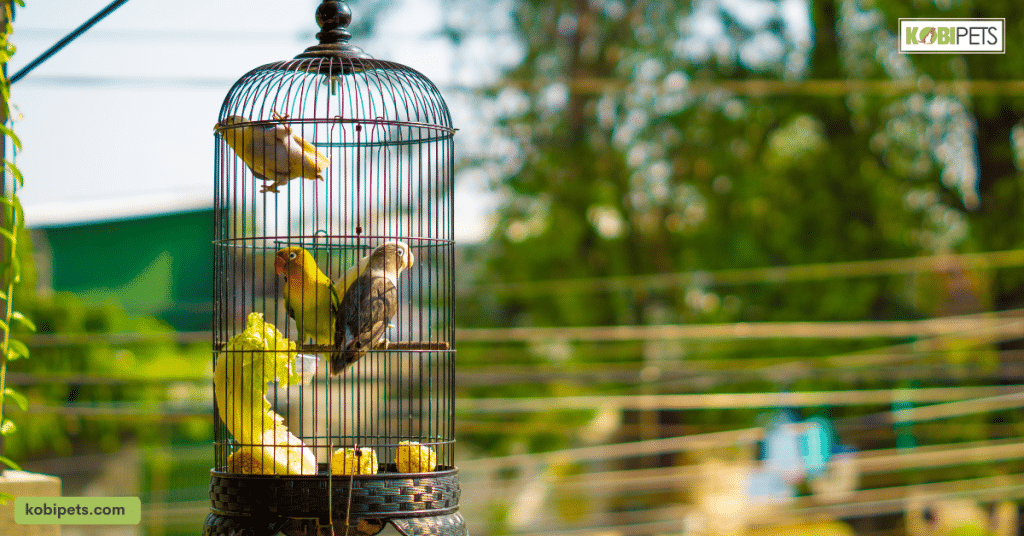
3. Cage Material and Design
The choice of cage material and design is pivotal for ensuring your bird’s safety and well-being. Opt for materials like stainless steel or powder-coated metal, renowned for their durability and ease of cleaning. These materials are also bird-safe, preventing toxic reactions. Avoid cages with paints or materials that may pose harm to your bird’s health.
Horizontal bars in the cage design provide your bird with opportunities for climbing and exploration, mirroring their natural instincts. Additionally, consider cages with playtops or additional levels to enhance your bird’s daily activities and interaction with their environment.
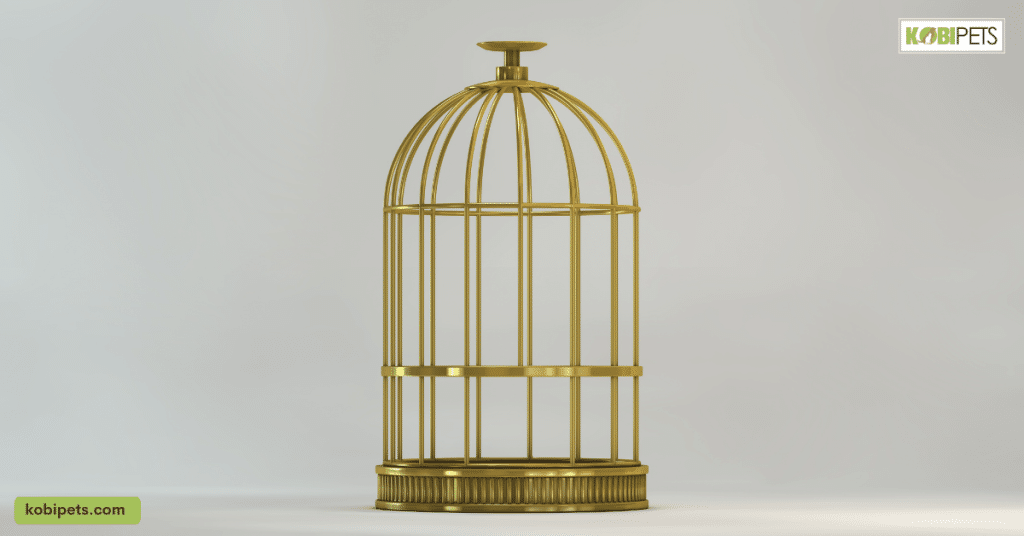
4. Safety Features to Consider
Your bird’s safety should always be paramount when selecting a cage. Scrutinize the cage’s locking mechanisms, doors, and escape prevention features to prevent any unintended escapes. Ensure there are no sharp edges, exposed wires, or gaps that could trap your bird’s delicate feet or beak.
Prioritize cages with non-toxic finishes and materials to protect your bird from potentially harmful substances. Furthermore, consider environmental factors such as drafts, which can be detrimental to your bird’s health, and safeguard your pet from potential threats like household pets or hazards like toxic fumes from cleaning products.
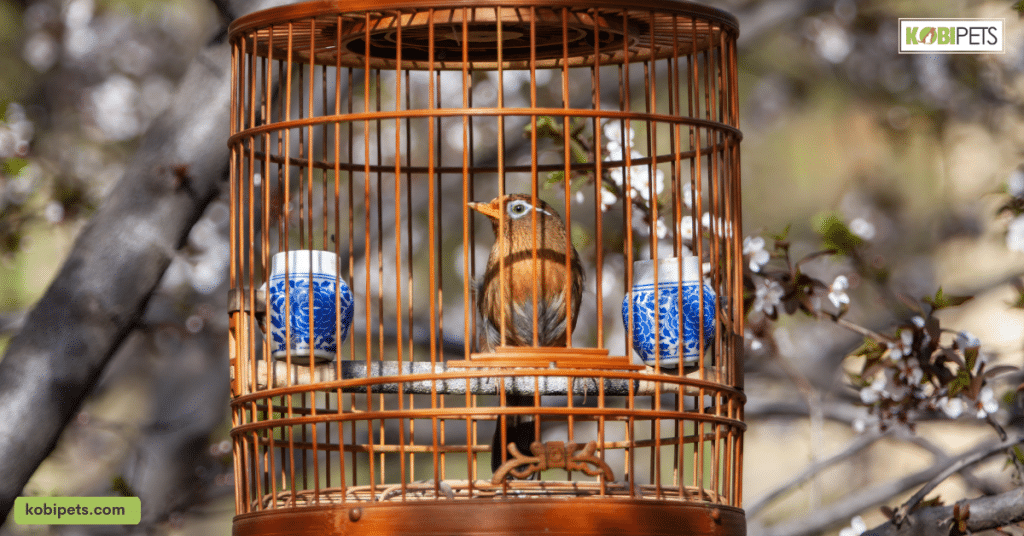
5. Placement and Environmental Factors
Choosing the right location for your bird’s cage is essential for their well-being. Find a spot in your home that’s shielded from drafts, direct sunlight, and other potential hazards like loud noises or sudden temperature fluctuations. Birds thrive in environments with consistent room temperatures, so strive to maintain a stable atmosphere.
Adequate lighting and social interaction are also vital components of their well-being, so choose a location that allows for sufficient natural light and interaction with family members. Additionally, consider the comfort and safety of your bird during nighttime hours by providing a dark, quiet, and secure sleeping area.
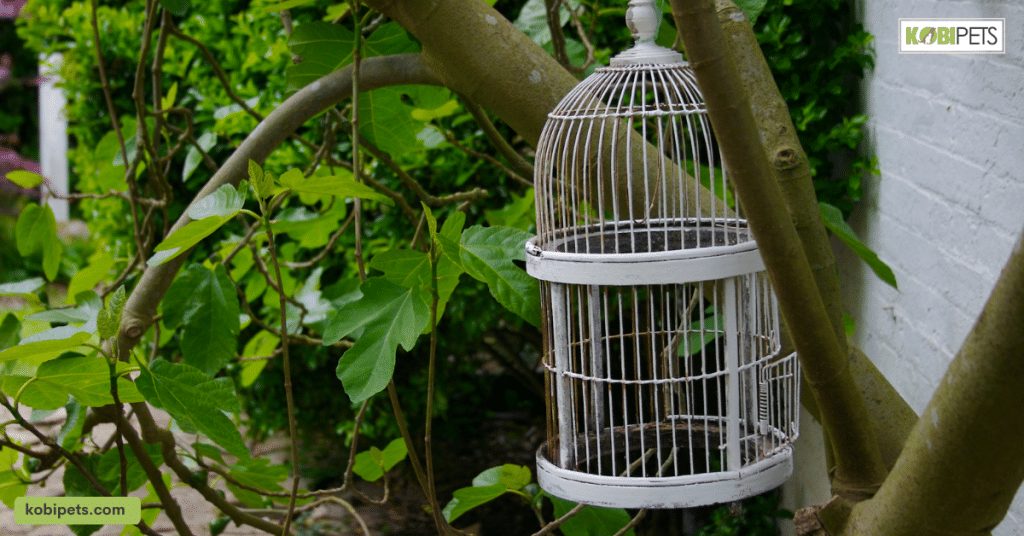
6. Maintenance and Cleaning
Proper maintenance is the cornerstone of your bird’s health and the longevity of their cage. Develop a regular cleaning routine that encompasses not only the cage itself but also its accessories such as perches, food dishes, and toys. Use cleaning products that are safe for birds to ensure your feathered friend’s environment remains free from harmful bacteria and residues.
Consider cages with convenient features like removable trays and accessible cage sections to simplify the cleaning process. By maintaining a clean and hygienic living space for your bird, you contribute significantly to their overall health and happiness.
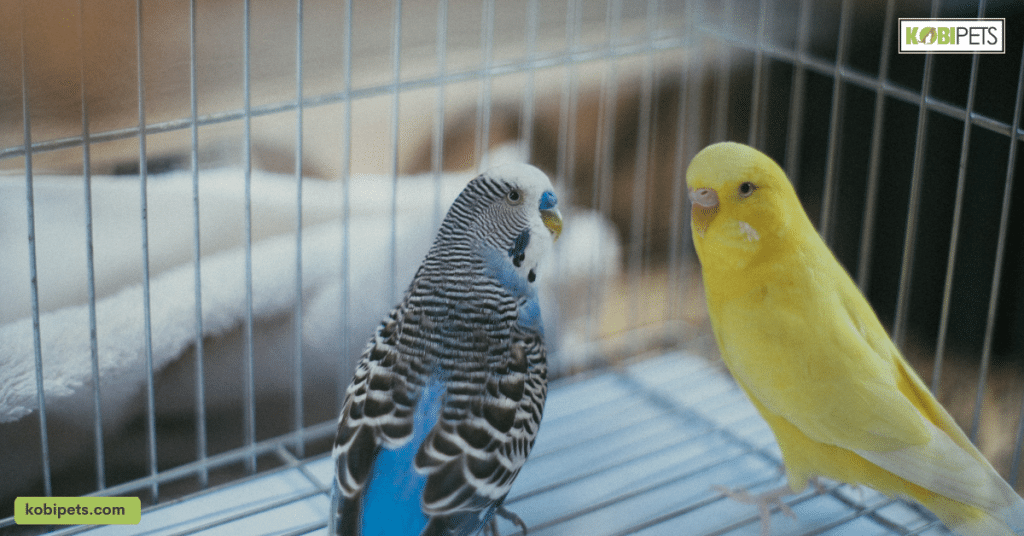
7. Cage Accessories and Enrichment
To ensure your feathered friend leads a stimulating and fulfilling life, it’s crucial to consider the cage accessories and enrichment options available. Provide a variety of perches, made from different materials and of varying thicknesses, to promote foot health and exercise. /
Include toys that encourage mental stimulation and physical activity, such as puzzles, mirrors, and swings. Rotate these toys regularly to keep your bird engaged and prevent boredom.
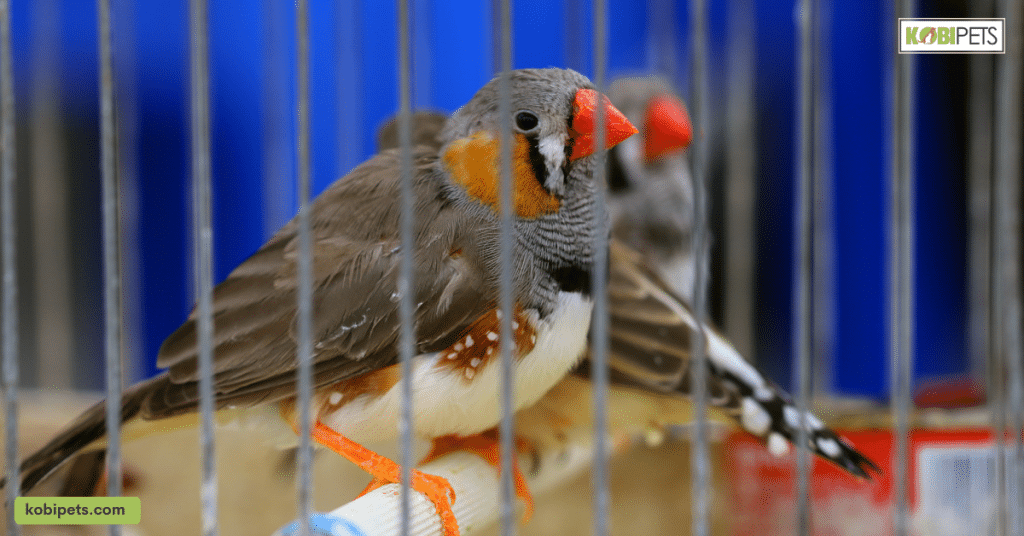
Conclusion
In the quest to choose the ideal cage for your feathered companion, you’ve explored essential factors such as size, materials, safety, environment, and maintenance. By applying this knowledge, you’ll provide a secure and comfortable home tailored to your bird’s unique needs.
Through these efforts, you’ll not only ensure a happy and healthy life for your avian companion but also strengthen the bond that exists between you and your feathered friend.






